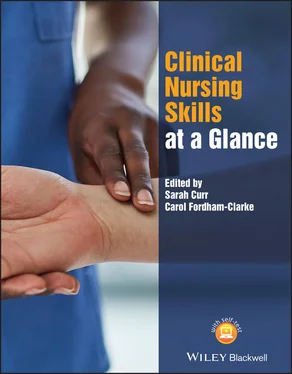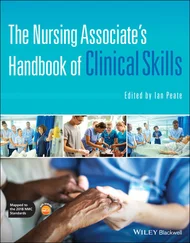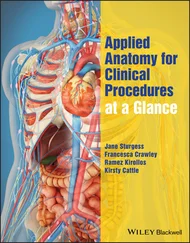Highlight any other factors that could have impacted on care provision such as short staffing, acuity of patients, caseload, any additional responsibilities.
If possible, leave for one to two days before re‐reading and submitting to the relevant personnel.
If keeping an electronic copy, make sure it is encrypted.
Patient safety should always be ensured before documentation.
If you cannot read the patient’s records, this needs to be escalated and the person involved will need to rewrite to ensure safe, effective, care provision.
If care is not recorded, either written, typed, or in a voice file, it will be considered as not undertaken. This can result in duplication, which can be detrimental to patient care, e.g. medication administration.
1 Dimond, B. (2015). Legal Aspects of Nursing, 7e. Harlow: Pearson.
2 Francis, R. (2013). The Mid Staffordshire NHS Foundation Trust Public Inquiry. London: The Stationary Office.
3 Nursing & Midwifery Council (2018). Professional Standards and Practice of Behaviour for Nurse, Midwives and Nursing Associates. London: Nursing & Midwifery Council.
4 Royal College of Nursing (2017). Record Keeping the Facts. London: Royal College of Nursing.
5 Communication – de‐escalation
Table 5.1 Signs of aggression.
| Early signs of aggression |
Danger signs of aggression |
| Prolonged eye contact |
Continual staring; this will be at the intended target |
| Darkening of facial colour |
Facial colour pales |
| Invasion of person space |
Stance changes from square to side‐on |
| Speaking loudly or yelling |
Disengages from the conversation, may not be speaking |
| Intrusive or threatening gestures |
Fist clenching and unclenching |
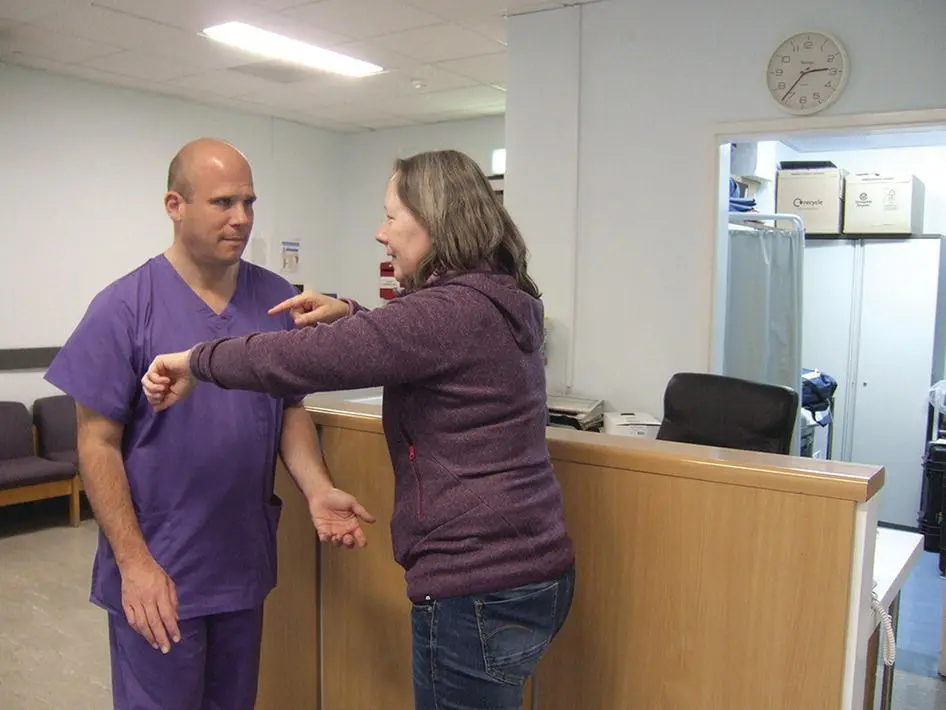
Figure 5.1 Invasion of personal space.
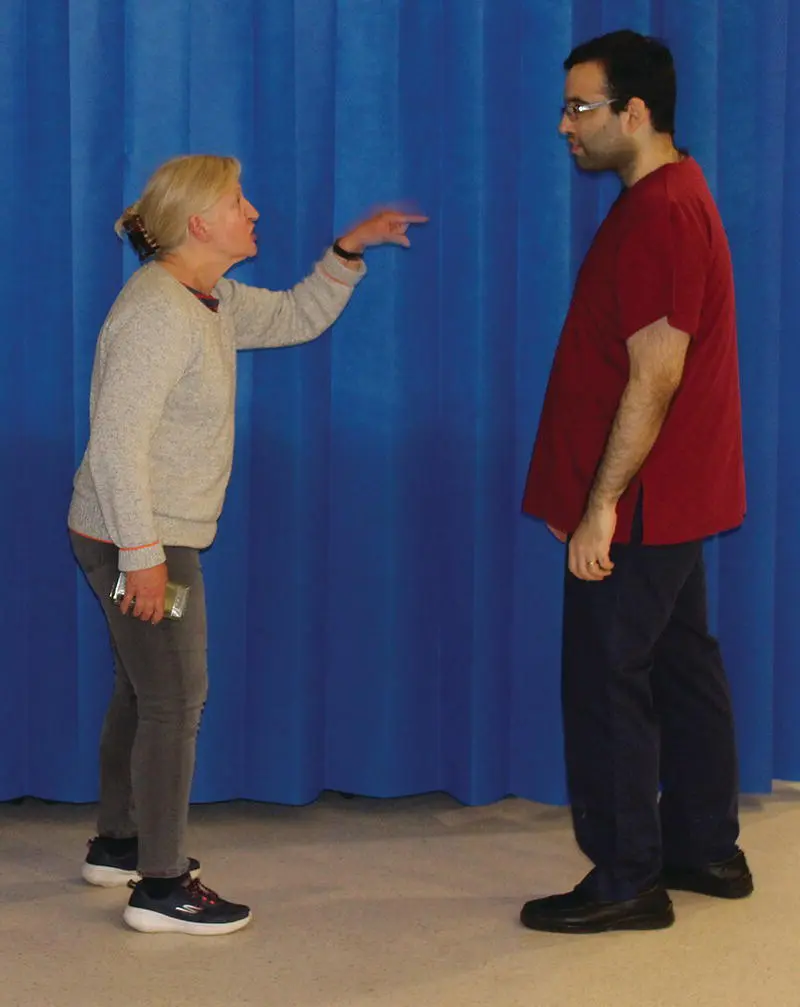
Figure 5.2 Calm, confident, and non‐threatening approach.
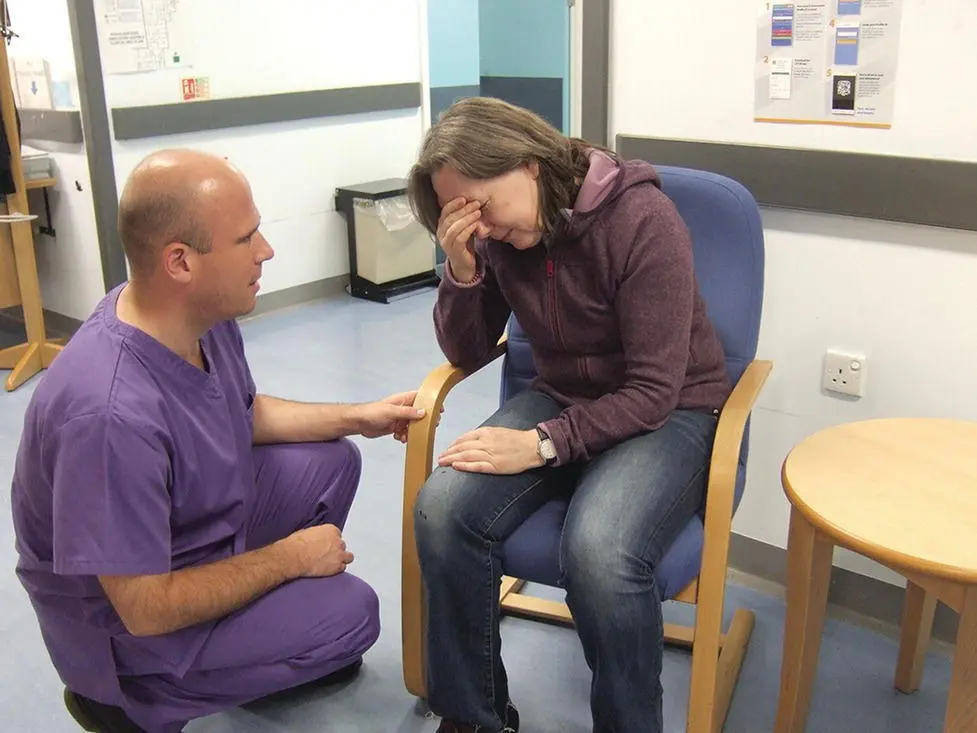
Figure 5.3 Showing concern and support.
In healthcare, patients, relatives, and significant others often experience heightened emotions, due to pain, anxiety, grief, physical impairments, and confusion. These heightened emotions can present in different ways and can potentially produce aggressive behaviour. Healthcare professionals are required to care for their patients, and this includes supporting them during these times of heightened emotion (Nursing & Midwifery Council 2018). To provide support during these instances, healthcare workers need to be trained in de‐escalation skills and techniques (NICE 2015). NICE (2015) recognises that this training should include:
Recognition of the early signs of anger ( Table 5.1).
Providing an understanding into the causes of aggression.
Use of verbal and non‐verbal techniques to distract and relax the patient.
Responding to anger appropriately and in accordance with professional and legal frameworks.
It is important to remember that there are some instances where certain behaviours could be mistaken for signs of aggression. These could be:
People who are shouting – this could be due to a loud environment or even a hearing impairment which could be chronic or from a new injury.
People invading personal space – this could be due to the above reasons and they could also be seeking reassurance ( Figure 5.1).
Hypoglycaemia, which can cause people to display signs of aggression. Checking records and taking a full history can help avoid such errors.
People who are under stress.
People experiencing substance misuse.
People experiencing restrictions to their limitations.
Those with mental health issues, new or long term.
Confusion, either new or of longer standing, e.g. delirium, dementia, hypoxia.
Your own emotions, time pressures and other factors that may affect your behaviour (Sookoo 2018).
Ensure that you are appropriately trained in de‐escalation skills and feel both confident and competent to engage in communication.
If the situation escalates it could be that you are unintentionally aggravating the situation. In this instance you should delegate the conversation to prevent further escalation; not doing so is unprofessional and puts you and the patient at risk.
Be aware of your scope of practice and rights: all nursing staff and all those considered emergency workers – i.e. those working in the emergency department and urgent care centres, as well as paramedics – are protected under the Assault on Emergency Workers [Offenses] Act 2018 c.23.
Equipment is not specifically required but be mindful that a uniform could escalate, or calm, the situation.
Ensure that you have enough time to engage.
Ensure that you have a way to call for help, i.e. a panic alarm, personal alarm.
Inform colleagues prior to approach.
Be calm, confident and non‐threatening to support early rapport ( Figure 5.2).
Listen to the patient and assess verbal and non‐verbal cues that could inform your decision regarding which de‐escalation strategy to use.
Use active listening to identify the patient's concerns.
Following initial assessment, suggest a quieter area if it is safe to do.
Use your fundamental communication skills, and ensure that you speak slowly and calmly using VAPER (volume, articulation, pitch, emphasis and rate; Nelson‐Jones 2014) to ensure that you communicate in a calm and caring manner.
Maintain an open, non‐threatening posture and encourage the patient to sit if currently standing, then ensure you follow SOLER (see Table 4.3; Egan 2014).
Adjust your body language to ensure that you are expressing concern and support for the patient ( Figure 5.3).
Maintain appropriate social physical distancing; closeness could aggravate the aggression.
Engage in shared ownership of the problem and work towards attaining a solution together.
Once a solution has been found, reiterate your actions and the dates and times you will provide the patient with this information.
If a solution is not found, continue to monitor cues whilst attempting to gain a resolution.
If the patient then moves from early warning signs to danger signs of risk ( Table 5.1), remove yourself from the situation and involve colleagues as appropriate. 1
Sudden change in consciousness level should be escalated immediately.
If you perceive changes in behaviour to be threatening, remove yourself immediately.
1 Egan, G. (2014). The Skilled Helper: A Problem Management and Opportunity Development Approach to Helping, 10e. California: Brooks‐Cole.
2 Emergency Workers (Offenses) Act 2018 c.23. https://www.legislation.gov.uk/ukpga/2018/23/contents/enacted/data.htm(accessed 17 May 2021).
Читать дальше
